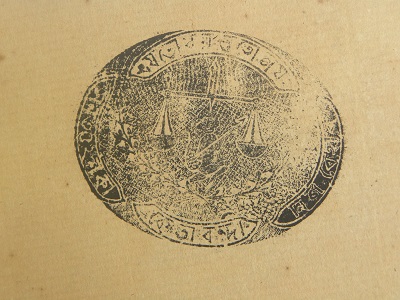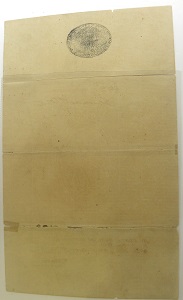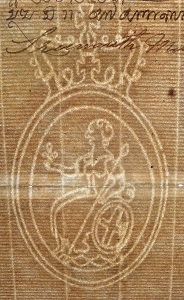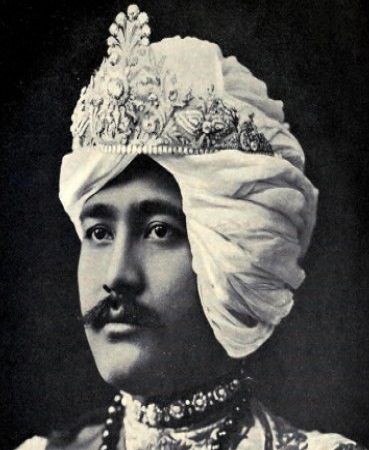Narendranarayana

Narendranārāyana introduced stamp duty on judicial services, obviously to increase the revenue and proper accounting of records. The system was influenced by the British India Stamp Act. The reform in system was effective by introducing Stamp Act for Cooch Behar, on the 254 Māgh, 1268 BE (AD 1861). The changes in system had brought an upsurge in income. During the period AD 1864-65, in one year, the income by way of stamp revenue from the judicial sector rose to Rs.25,965/- (Nārāni or Nārāyani tankā ?). The new system gradually set in and this resulted in a heavy demand for printed stamps. To speed up the printing, a Royal Roller Machine was brought from England via Jalpaiguri and was ultimately set up at Cooch Behar State press, Cooch Behar. The machine worked manually. It was the task of the State Treasury to manufacture and sell the stamps and maintain records thereof, which also include blank papers for stamps' Records indicate that the papers for printing stamps were also imported from England but the stamps as well as the non-judicial stamp papers were printed at Cooch Behar.
Rules
- AD 1847-1863
Nijobihar 352
Usage Year 1861. 55x45 mm Oval shaped hand drwan stamp design in black, Monkey & Scale at centre. ‘Yato Dhar
ma tato Jayo’ at top, ‘Keta Bandi’ at bottom; ‘NIJBEHAR’ (Earlier name of Coochbehar) at right & year 352 at left
in stamp in Bengali, Horizontal Laid paper.
Paper : Horizontal Laid paper
Wmk : The oval shaped watermark has a crown at the top. The seated figure within the oval holds a scepter with a shield at the lower right side. The shield has a cross on it. The fragment appears to be from a ledger.
No Value.




